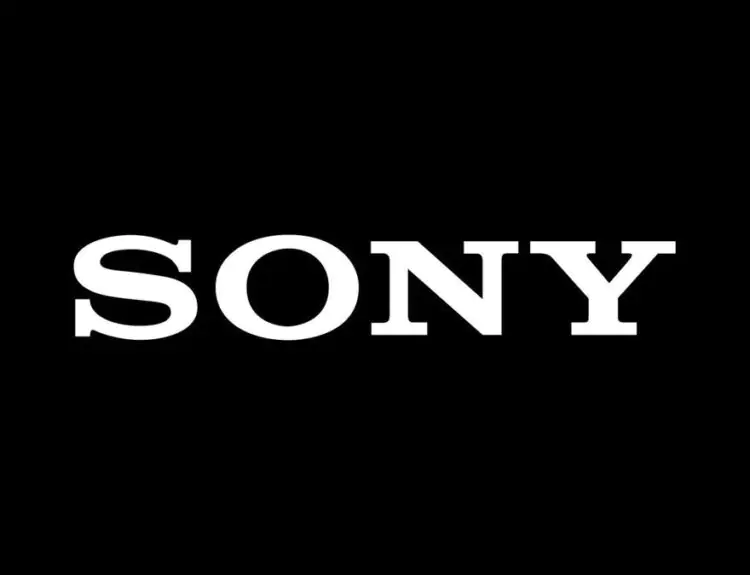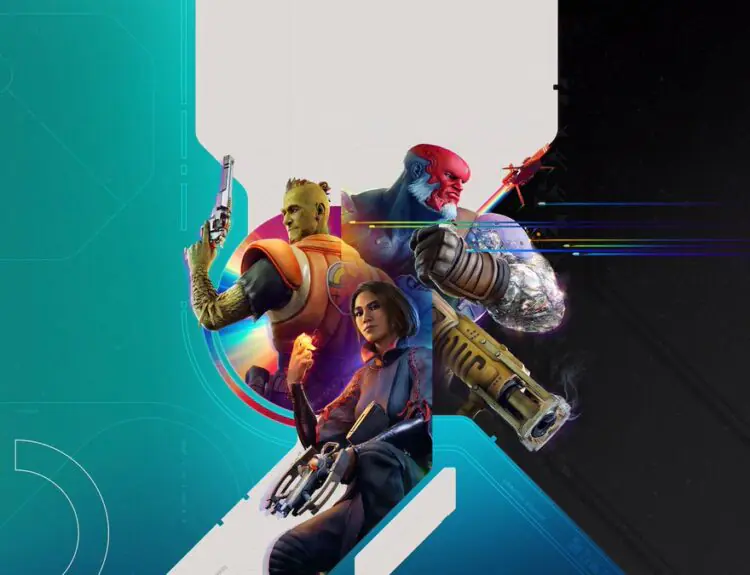Mac has a long history of being pretty subpar for gaming, overall. It’s common knowledge at this point that if you intend to do much gaming with your computer, you go for a PC. Still, that doesn’t mean that Macs are ineligible for gaming by any means.
Plenty of companies have gone to Mac to help with bringing gaming to the platform, but it doesn’t always work out so well. Valve discovered this week that it isn’t always as easy as just putting a client on a platform when the platform itself is what poses an issue.
Valve Drops Mac Support for SteamVR Less Than Three Years After WWDC 2017 Announcement https://t.co/V7UKCNcdGM by @rsgnl pic.twitter.com/5QrmsIyRPF
— MacRumors.com (@MacRumors) May 1, 2020
Less than three years after beginning to support the MacOS with SteamVR, Valve has decided to drop that support. The issue, it seems, is simply that there isn’t enough of a player base on Mac to justify dedicating the considerable resources needed to keep SteamVR going.
Mac users will still be able to use SteamVR, but they’ll need to run Windows to do it – which, at that point, seems like you should probably have just gone for a Windows-operating PC anyway. Valve will also allow legacy builds of SteamVR to remain accessible through the Steam client on Macs, so while further support is dropped, what already is there doesn’t seem like it’ll be leaving.
The main goal here is for Steam to be able to focus on Windows and Linux, which has a much higher database. Valve recently conducted a survey that revealed their player base to be focused on Windows or Linux instead of Mac with an absolutely dominant percentage of 95%.
It’s a bit of a bummer, but far from surprising. There’s been a bit of a storied history behind Valve and Apple trying to make things work, but Apple not quite being able to follow through. Many have been circulating a Gabe Newell quote from 2007 where he stated the following:
“We tried to have a conversation with Apple for several years, and they never seemed to… well, we have this pattern with Apple, where we meet with them… and they say OK, and then we never see them again. And then a year later, a new group of people show up, who apparently have no idea that the last group of people were there, and never follow through on anything.”
Newell goes on to discuss that Apple seems to want to do gaming but never follow up or actually develop anything. The same seems to have created this problem with SteamVR. Why would Valve burn their resources on a platform that seems to pay no attention to gaming?







